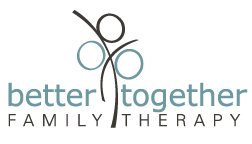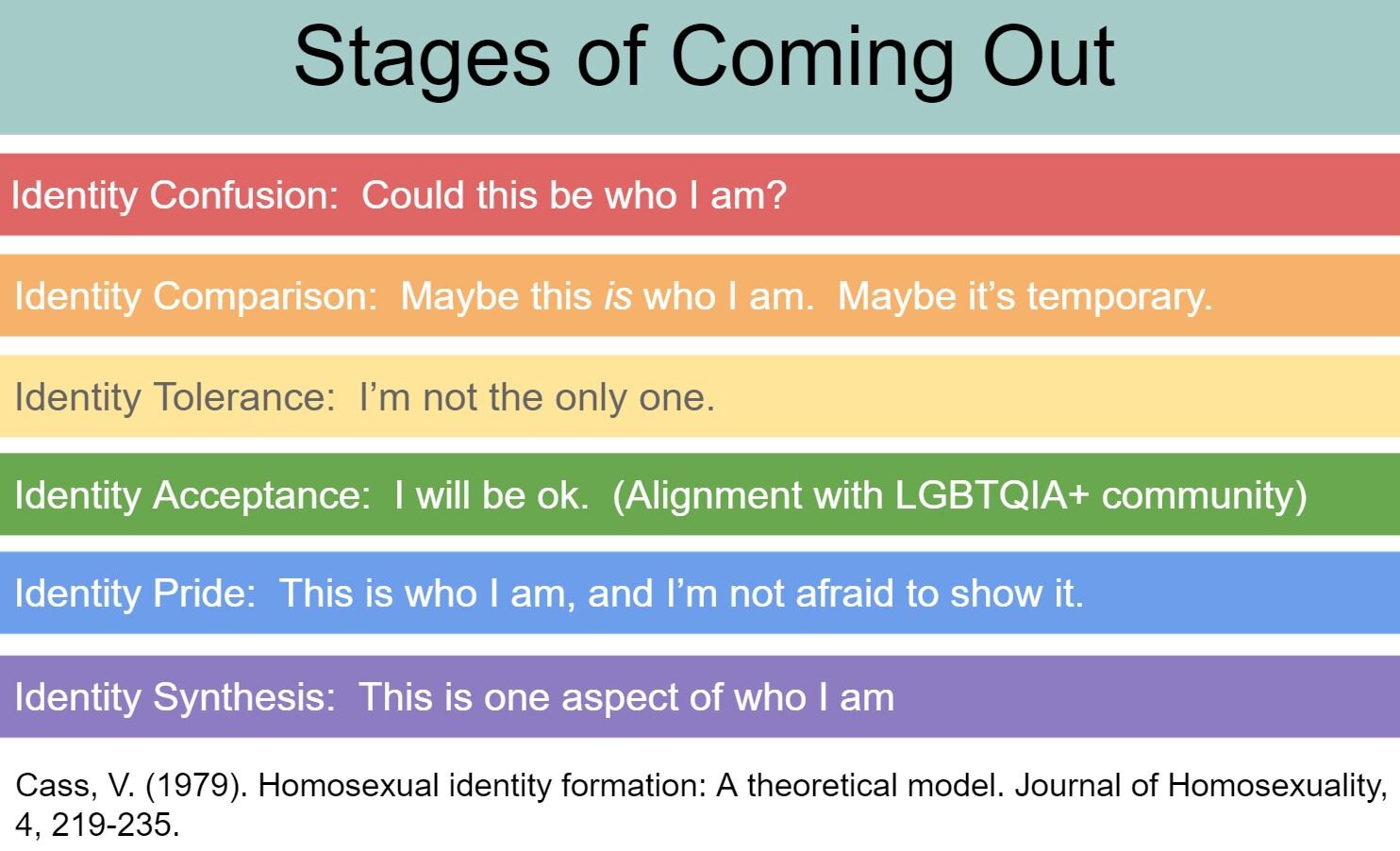PRIDE Month in Your Family and Beyond
Tips from Our Couple and Family Therapists in Kensington, MD
PRIDE month is an opportunity to celebrate friends, family, and neighbors who identify as LGBTQIAP+ That may include your child, or yourself! If it doesn’t, you may be wondering what it all means, and why we celebrate. Here’s a short guide.
PRIDE is a chance for people who are treated as “different” because of their gender identity or sexuality to visibly celebrate who they are, among others who are doing the same. It celebrates progress made toward civil rights for LGBTQIAP+ people. And creates an opportunity to highlight the progress yet to be made through parades and demonstrations.
Celebrate LGBTQIAP+ Families
The visibility of PRIDE celebrations is important for several reasons. First, large crowds can create safety in numbers. In our country, LGBTQIAP+ people are still victimized at significantly higher rates than their “straight” (heterosexual) and cisgender counterparts.
Participating in PRIDE as a straight and/or cisgender person is a way of showing support for LGBTQIAP+ people around you, and letting them know that they are safe in your presence.
Second, showing pride in aspects of our identity is part of our identity development. It’s a stage that comes before full integration of all aspects of ourselves. How do you show pride in aspects of your identity? Do you display a flag of your family’s country of origin? A Black Lives Matter sign? Do you wear something that symbolizes your religion?
What does LGBTQIAP+ stand for?
Ask your kids! Kids of all ages are increasingly familiar with this terminology.
L = lesbian. Describes a woman who is attracted to women.
G = gay. Most often refers to a man who is attracted to men. Is sometimes also used more generally to refer to anyone who identifies as gay or lesbian.
B = bisexual. Attracted to both men and women.
T = transgender. Refers to a person who identifies as a gender other than the one they were assigned at birth. This experience is called gender dysphoria. The opposite of transgender is cisgender.
Q = queer or questioning. This means “I don’t fit the binary definitions of male/female or straight/gay.” The term “Queer” should only be used to describe those who self identify as queer. It is still a hostile term if used to describe others.
I = intersex. Born with reproductive organs that don’t fit the definition of male or female, typically a combination of both. This is a medical classification, and is estimated to apply to 1.7% of the US population.
A = asexual. Does not experience sexual attraction or desire a sexual relationship. The A can also be used to represent allies (cisgender and heterosexual people who support LGBTQIAP+ rights)
P = pansexual. Attracted to people regardless of gender, including those who identify as transgender or nonbinary. This can also be called omnisexual. P also = polyamorous = interested in or open to having more than one intimate partner in your life at a time.
+ = infinite other possibilities.
Nonbinary = outside or beyond the binary characterization of male or female
Demisexual = attraction is based on emotional bond, not gender
Genderqueer = identifying as both genders, no gender, or otherwise not gender binary
Two-spirit = a 3rd gender recognized in some Native American cultures
What to do When Someone Comes Out to You
When someone chooses to share this part of their identity with you, it’s an invitation to join the circle of people they truly trust. Take the opportunity to expand your knowledge. And ask what they need from you.
This person is also inviting you to become an ally. Not sure how to do that? Keep reading.
Unsure if you’re ready or able to be supportive? Exploring these challenges in family therapy can help.
Steps to Becoming an Ally for Your LGBTQIAP+ Child (or Friend)
Listen: Follow my lead to what I need.
Widen the Circle of Safety
display symbols of safety
don’t “out” someone
use each person’s chosen pronouns
speak up when you hear “othering” language
elect officials who support LGBTQIA+ rights
Learn: Read about LGBTQIAP+ history and terminology on your own.
Advocate: Teach others what you have learned. Contact your elected officials about the needs of LGBTQIAP+ people. Give to LGBTQIAP+ causes if you are able.
Family Counseling and Couples Therapy for LGBTQIAP+ Couples and Families
You choose your partner(s) and the structure of your family. Not your therapist. Or your parents. Or anyone else. And we’re here to help you strengthen the relationships you chose. Get started today.



